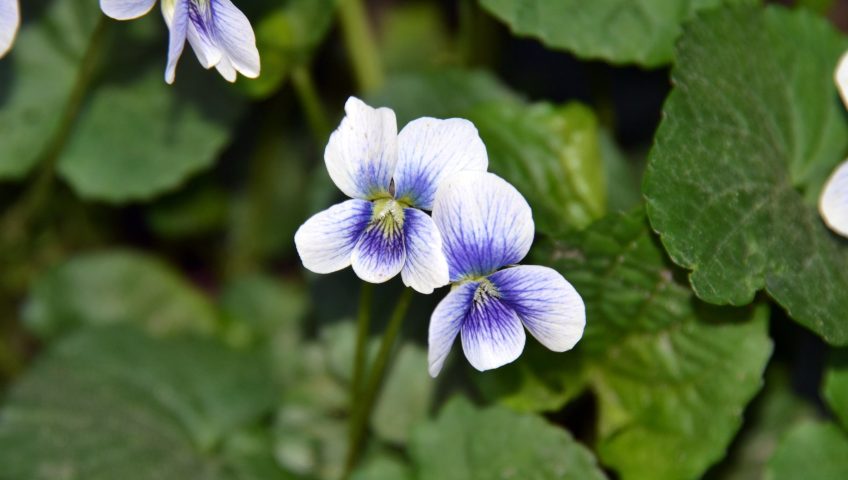Wild violet is a low-growing broadleaf perennial that grows primarily in the Northern United States. Around the springtime, you may begin to notice various thick clumps of plants containing purple flowers forming around your lawn. These could potentially be wild violet plants that are growing in your outdoor space, which are most identifiable by the deep purple flowers which are five-petaled and feel almost wax-like.
Wild violet plants thrive in shady areas with moist soil, which allows them to grow and flower more prolifically in the early spring. The plants generally only grow between four to six inches high, but the thick clumps of flowers that accompany them can also attract many unwanted pollinators.
Are Wild Violet Pants Considered Weeds?
It depends on who you ask, but for many people wild violets are considered to be an intrusive and unwanted plant to have growing amongst your lawn. A weed is technically just a plant that is growing in an undesirable place, often rapidly or with more vigorous growth. While some might appreciate the colorful qualities of the wild violet flowers, in most cases they are viewed as an annoyance by folks who are aiming to maintain a clean and sharp looking lawn. This makes wild violet one of the more common lawn weeds that you will come across, especially in the areas of New Jersey and Pennsylvania.
They can also be one of the more challenging weeds to deal with. They not only have the ability to grow in easily favorable conditions, but the structure and anatomy of the plants allow it to spread rapidly as well. The wild violet plants are able to spread so aggressively via rhizomes, which are horizontal roots that are formed under the soil as the plant grows.
These bands of roots store water and allow the plant to be drought resistant, and also produce new seeds. Wild violet plants don’t need to bloom in order to reproduce, allowing them to freely self-seed even if open flowers haven’t been pollinated. When you have something that can sprout and spread easily with little to no warning, it can then become difficult to manage.
If left ignored or untreated, wild violets can start to quickly overtake larger portions of your yard which can cause the existing grass in those areas to become choked out. While those purple flowers might not seem too terrible to look at, the potential damage that they can cause to your lawn would be far worse.
What to do About Wild Violets
Luckily if you are someone who has experienced the hassles of trying to deal with unwanted weed growth in your lawn, there are some steps you can take to avoid the additional headaches caused by wild violet plants.
One solution is by choosing to work with professionals such as Blue Grass Lawn Service. Because of the thick waxy surface on the leaves of the wild violet plants, it is more difficult for conventional weed control products to actually penetrate into the plant itself. Typically a more specialized herbicidal treatment will need to be used in order to effectively treat and prevent further growth and spread of the weed, while also maintaining the health of the rest of your lawn.
With a better understanding of what the plants look like and how they operate, it might be easier for a homeowner to now notice if wild violets are beginning to form before it’s too late. By identifying early stages of wild violet growth, the homeowner themself can choose to take the proper action like working with lawn professionals to ensure that the weeds don’t spread and their lawn remains in healthy condition. It is the homeowner who can be the hero that their lawn needs in this situation, not the weed killing products or the lawn service company.
Check out our Facebook page for more lawn care tips!
Featured Image: "Wild Violets," by Tony Alter, licensed under CC BY 2.0.
